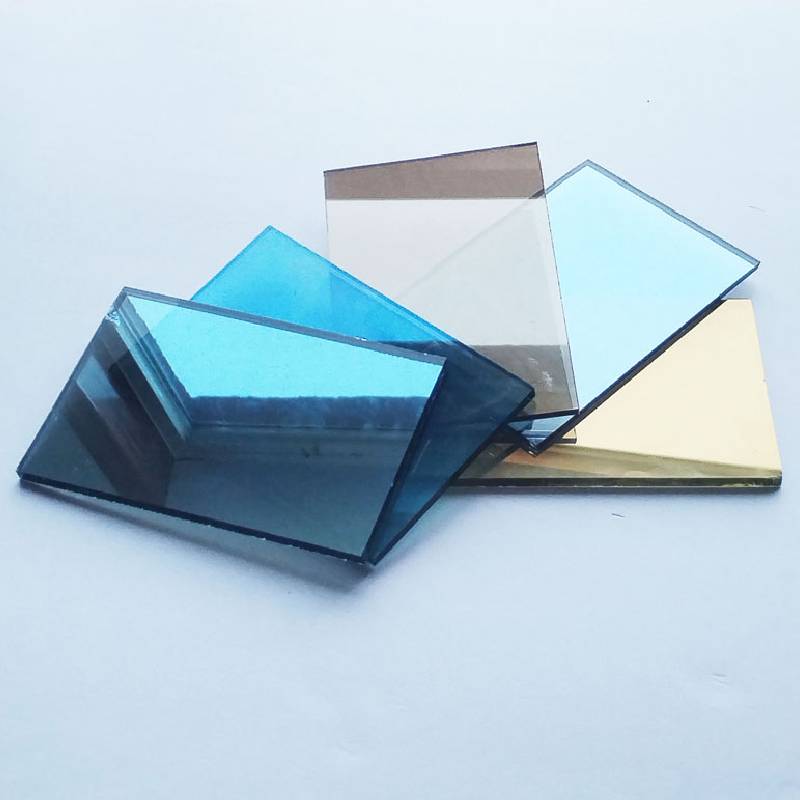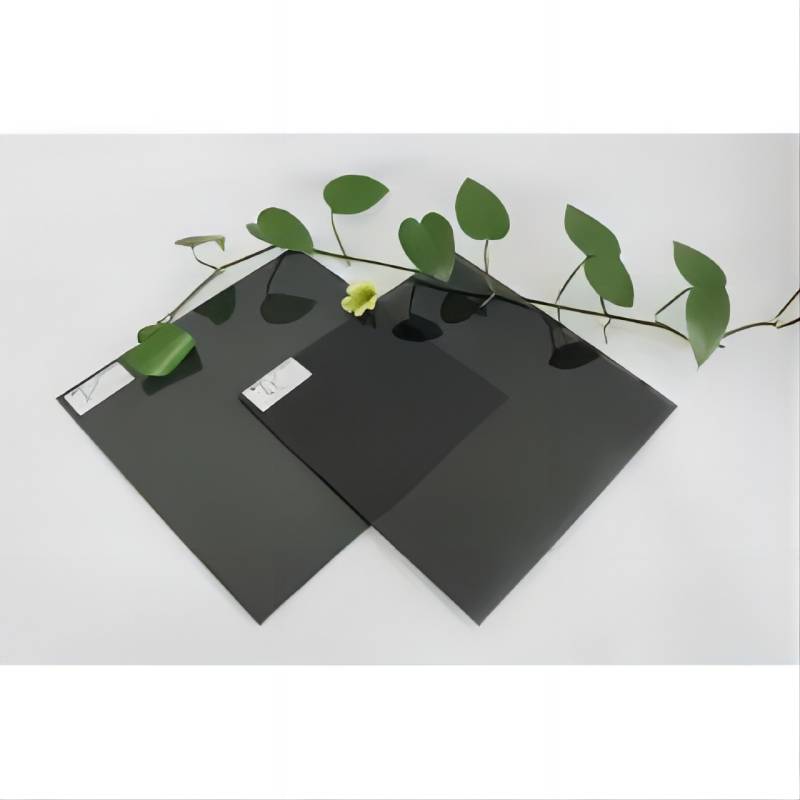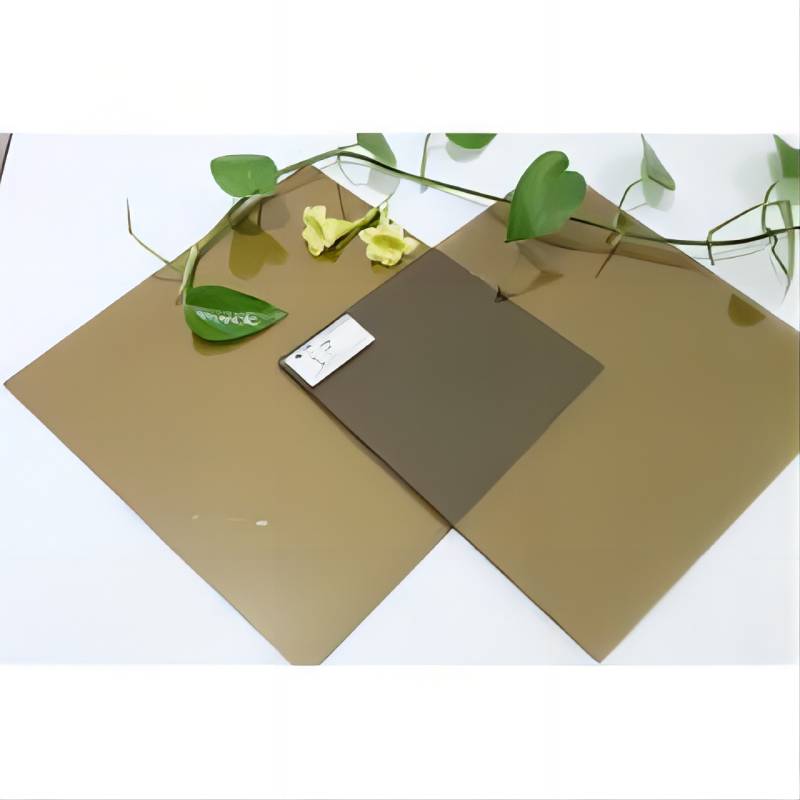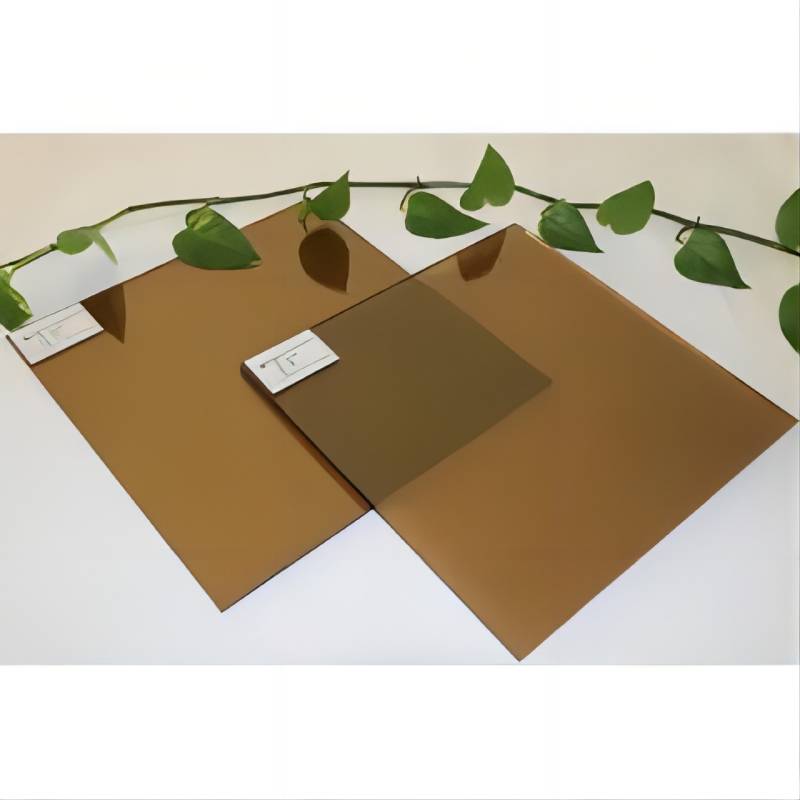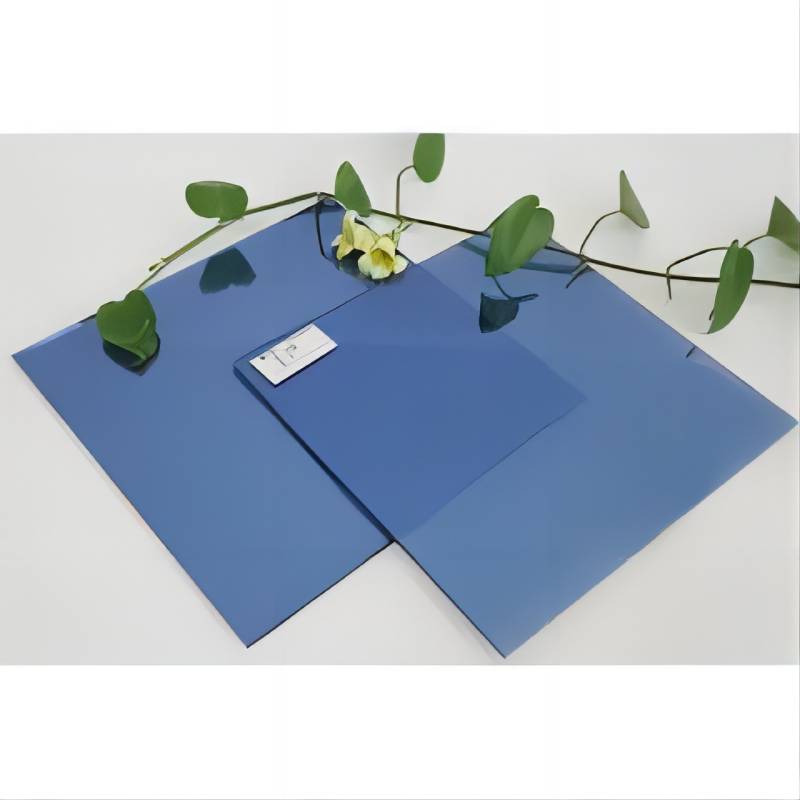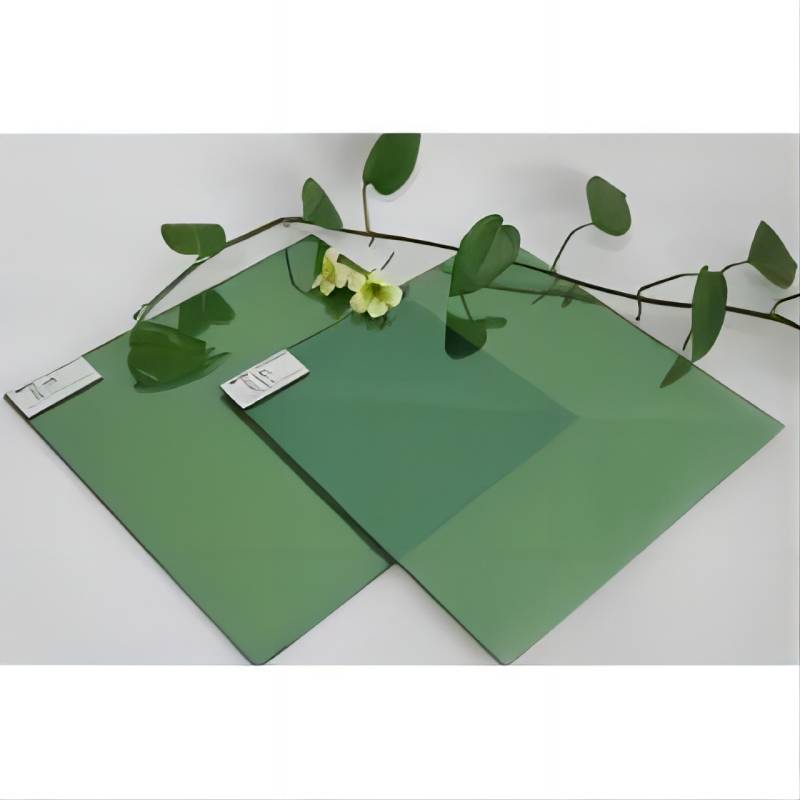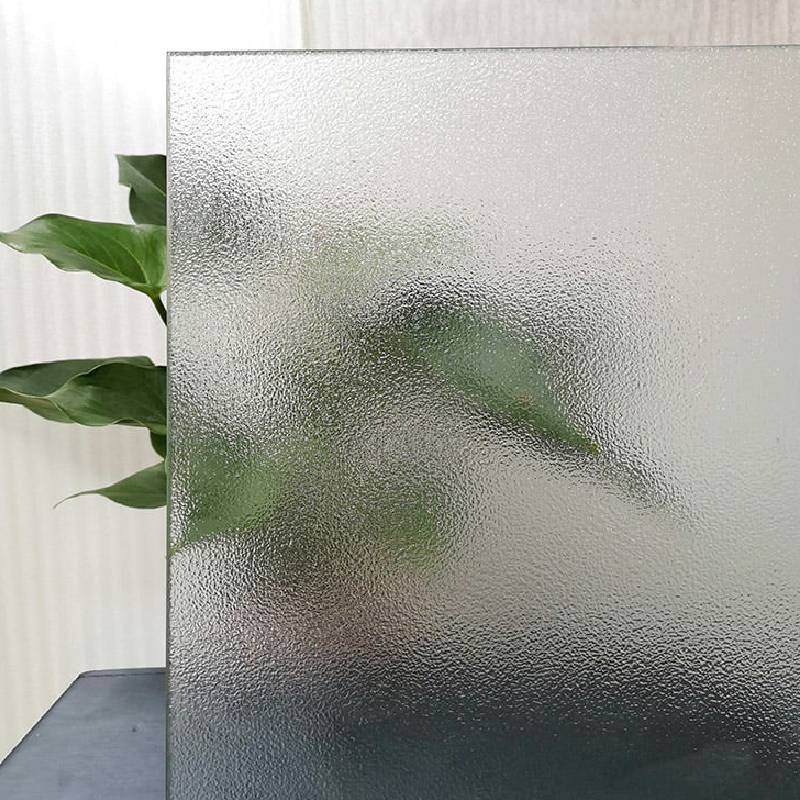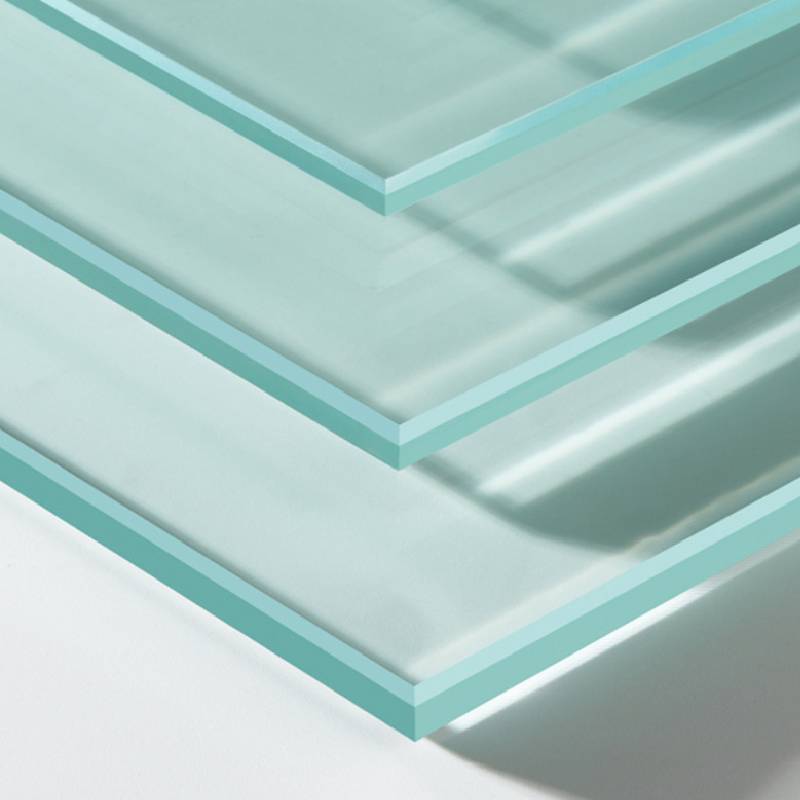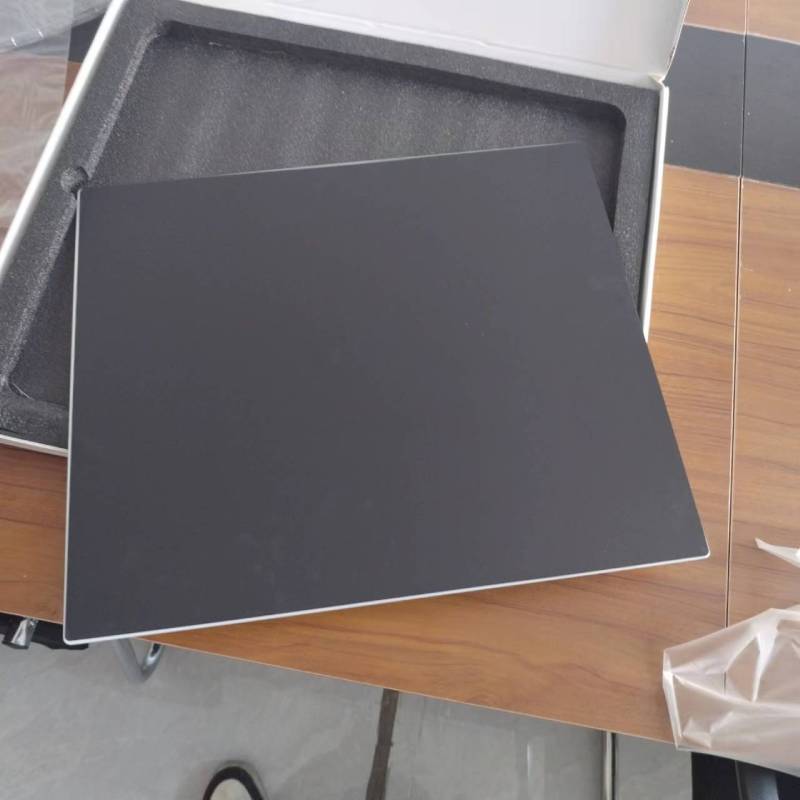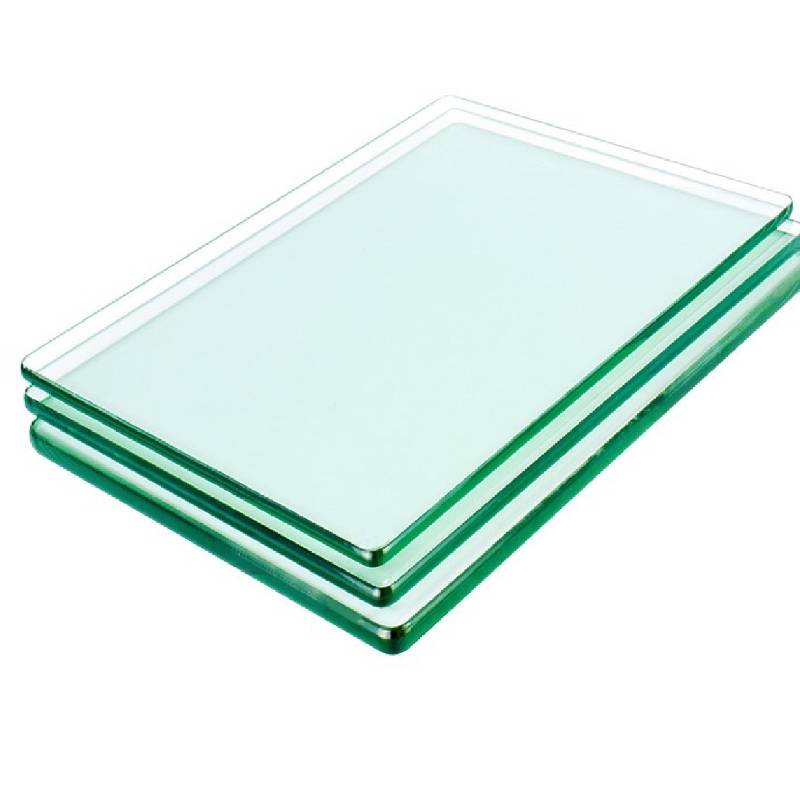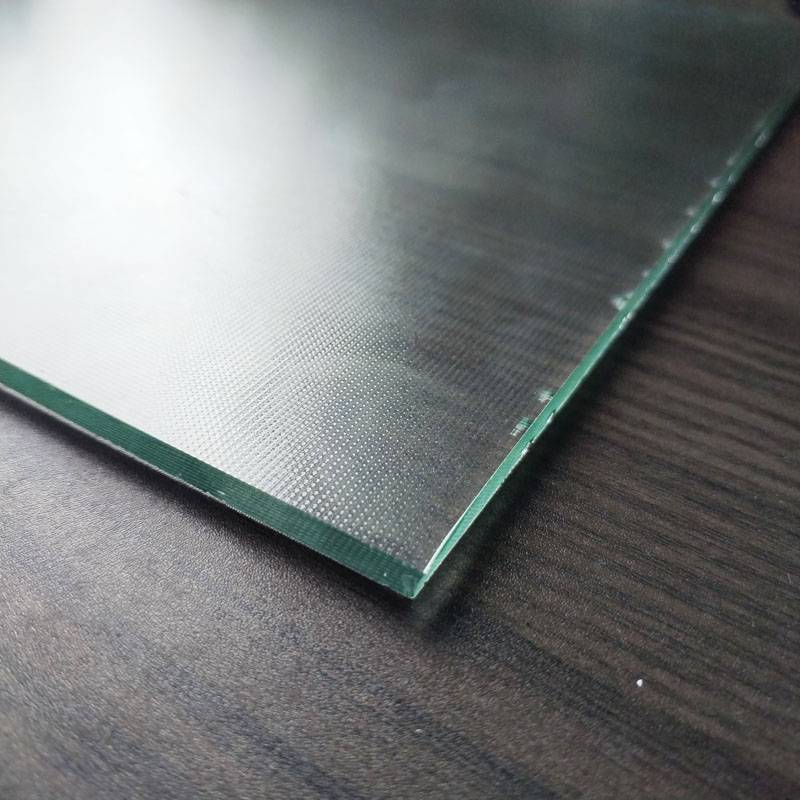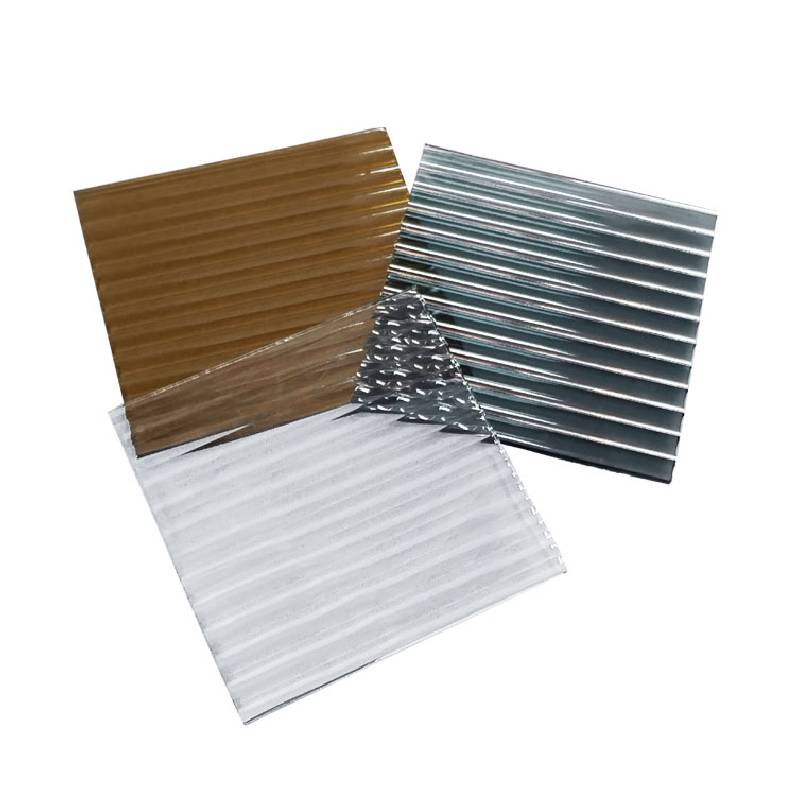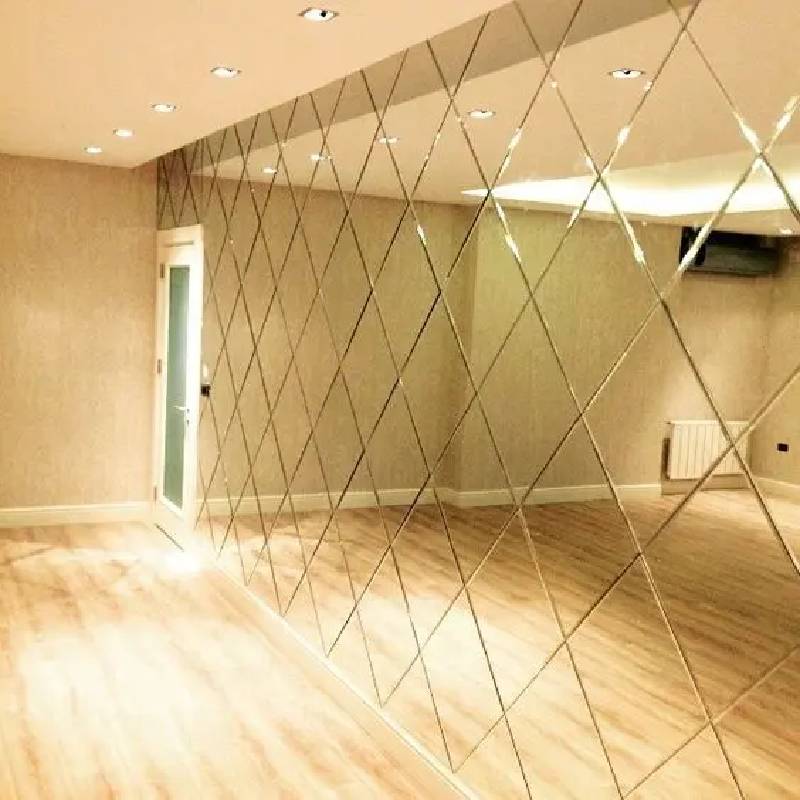Type: light blue reflective glass, dark blue reflective glass, light green reflective glass (French green reflective glass), dark green reflective glass (emerald green reflective glass), brown reflective glass, bronze reflective glass, European gray reflective glass, dark Gray reflective glass, black reflective glass, gold reflective glass, silver reflective glass,
Thickness: 4mm, 5mm, 6mm.
Size: 1830*2440, 2140*3300, 2140*3660, 2140*1650, 2250*3300, 2250*3660, 2440*3660.
Color reflective glass is manufactured through a process known as vacuum sputtering or magnetron sputtering. This method involves depositing metallic oxides onto the surface of clear or tinted glass in a vacuum chamber. By controlling the composition and thickness of these metallic coatings, manufacturers can achieve a wide range of colors and reflective properties.
During the sputtering process, the glass substrate is placed in a vacuum chamber along with targets made of the desired metal oxides, such as titanium, zinc, or silicon. High-voltage electrical currents are then applied to the targets, causing atoms to be ejected and deposited onto the glass surface. The thickness and composition of these coatings determine the color and reflective characteristics of the glass.
Several parameters play a crucial role in determining the performance and appearance of color reflective glass:
- Visible Light Transmission (VLT): VLT refers to the percentage of visible light that passes through the glass. Different applications may require varying levels of VLT to control glare and brightness indoors.
- Solar Reflectance: This parameter measures the ability of the glass to reflect solar radiation, helping to reduce heat gain and energy consumption in buildings.
-
- U-Value: The U-value indicates the rate of heat transfer through the glass. Low U-values signify better insulation properties, contributing to energy efficiency in buildings.
-
- Color Rendering Index (CRI): CRI measures the ability of a light source to accurately reveal the colors of objects compared to natural light. High CRI values are desirable for applications where color fidelity is important, such as museums or retail spaces.
-
Color reflective glass finds applications across various sectors, thanks to its aesthetic appeal and functional properties:
- Architectural Facades: Reflective glass facades add a contemporary touch to buildings while improving energy efficiency by reducing solar heat gain. The reflective surfaces also create dynamic visual effects, especially in urban landscapes.
- Interior Design: In interior spaces, color reflective glass can be used for partitions, doors, and decorative elements to enhance natural light distribution and create visually striking environments.
- Automotive Industry: Reflective glass coatings are utilized in automotive windows to improve visibility, reduce glare, and enhance the overall appearance of vehicles. Additionally, they help regulate interior temperatures, improving comfort for passengers.
- Electronics: Color reflective glass is integral to the production of display panels for electronic devices such as smartphones, tablets, and televisions. The reflective coatings enhance screen clarity and color vibrancy, providing an optimal viewing experience for users.
- Solar Panels: Some variants of color reflective glass are engineered for use in photovoltaic solar panels, where they serve as protective layers while also optimizing light absorption for electricity generation.
 afrikansk
afrikansk  albansk
albansk  amharisk
amharisk  arabisk
arabisk  armensk
armensk  aserbajdsjansk
aserbajdsjansk  baskisk
baskisk  hviterussisk
hviterussisk  bengali
bengali  bosnisk
bosnisk  Bulgarsk
Bulgarsk  katalansk
katalansk  Cebuano
Cebuano  korsikansk
korsikansk  Kroatisk
Kroatisk  tsjekkisk
tsjekkisk  dansk
dansk  nederlandsk
nederlandsk  Engelsk
Engelsk  Esperanto
Esperanto  estisk
estisk  finsk
finsk  fransk
fransk  frisisk
frisisk  galisisk
galisisk  georgisk
georgisk  tysk
tysk  gresk
gresk  Gujarati
Gujarati  haitisk kreolsk
haitisk kreolsk  hausa
hausa  hawaiisk
hawaiisk  Hebraisk
Hebraisk  Nei
Nei  Miao
Miao  ungarsk
ungarsk  islandsk
islandsk  igbo
igbo  indonesisk
indonesisk  irsk
irsk  italiensk
italiensk  japansk
japansk  javanesisk
javanesisk  Kannada
Kannada  kasakhisk
kasakhisk  Khmer
Khmer  Rwandisk
Rwandisk  koreansk
koreansk  kurdisk
kurdisk  kirgisisk
kirgisisk  TB
TB  latin
latin  latvisk
latvisk  litauisk
litauisk  luxemburgsk
luxemburgsk  makedonsk
makedonsk  Malgashi
Malgashi  malaysisk
malaysisk  Malayalam
Malayalam  maltesisk
maltesisk  Maori
Maori  Marathi
Marathi  mongolsk
mongolsk  Myanmar
Myanmar  nepalesisk
nepalesisk  norsk
norsk  norsk
norsk  oksitansk
oksitansk  Pashto
Pashto  persisk
persisk  Pusse
Pusse  portugisisk
portugisisk  Punjabi
Punjabi  rumensk
rumensk  russisk
russisk  samoansk
samoansk  skotsk gælisk
skotsk gælisk  serbisk
serbisk  Engelsk
Engelsk  Shona
Shona  Sindhi
Sindhi  singalesisk
singalesisk  slovakisk
slovakisk  slovensk
slovensk  Somali
Somali  spansk
spansk  Sundanesisk
Sundanesisk  Swahili
Swahili  svensk
svensk  Tagalog
Tagalog  tadsjikisk
tadsjikisk  Tamil
Tamil  tatarisk
tatarisk  Telugu
Telugu  Thai
Thai  tyrkisk
tyrkisk  turkmenske
turkmenske  ukrainsk
ukrainsk  Urdu
Urdu  Uigur
Uigur  usbekisk
usbekisk  vietnamesisk
vietnamesisk  walisisk
walisisk  Hjelp
Hjelp  Jiddisch
Jiddisch  Yoruba
Yoruba  Zulu
Zulu 

